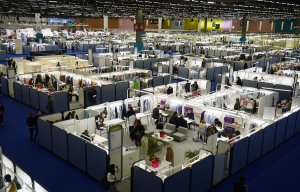
Première Vision Paris: Another step towards normality
Opinion
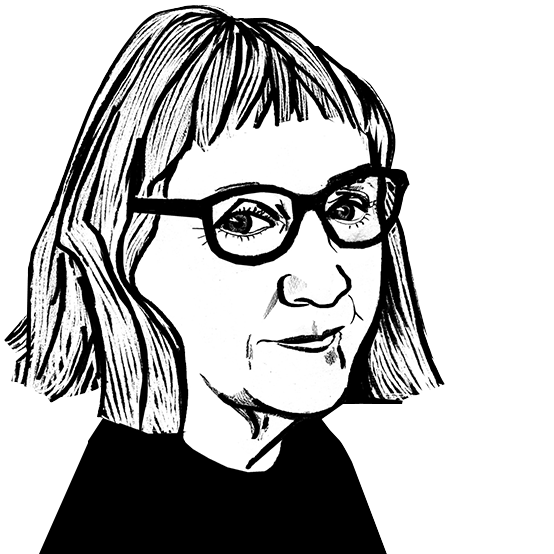

Familiar and everyday, cosy staples of our wardrobes, jerseys and fleeces are going upmarket.
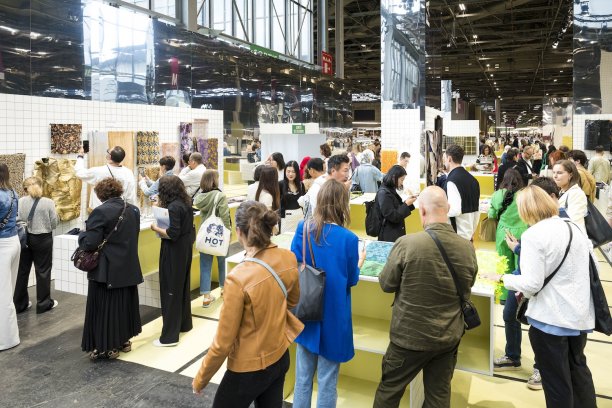
17th July 2024
Janet Prescott
|
Paris
The July edition of Premiere Vision Paris opened its doors to a determined following of European and overseas visitors. Not all the companies usually associated with this particular fair were in attendance this time. Nevertheless 930 exhibitors gave first glimpses of Autumn/Winter 2025/26 and it hit the timing of many in the luxury market.
PV has changed
Premiere Vision has undergone a re-make which has puzzled some and delighted others. The management says it is responding to ways the market is changing; it has split its exhibitions into various components, of which PV Paris is still heralded as the main element.
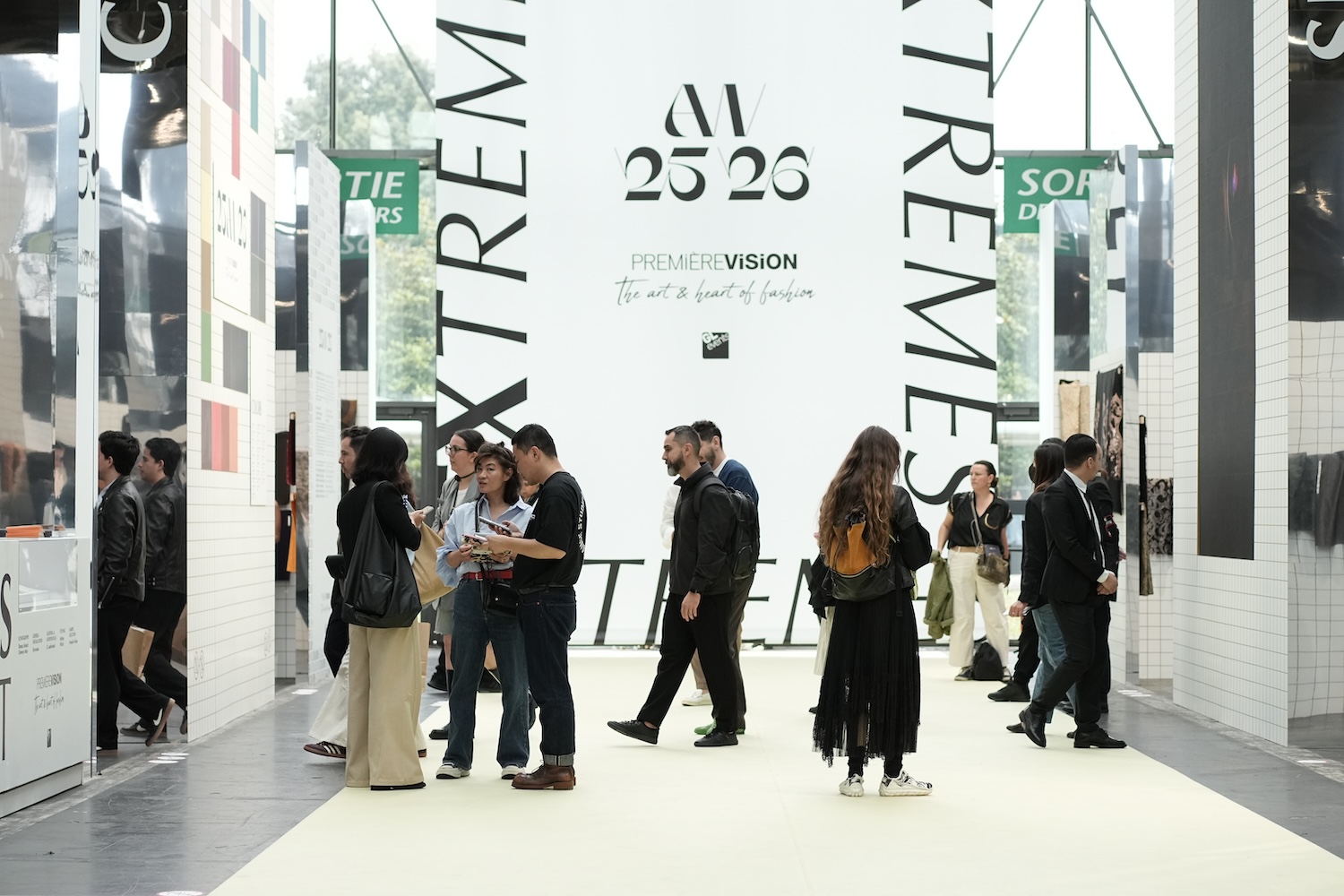
Determined to utilise growing access to accurate information on consumption and attitudes, harnessing it to inform the coming season, the fairs are a rethink for a kick-start to international trade which remains fairly slow in many areas. Most buyers and exhibitors said they had targeted PV Paris to see specific people and were pleased at the result.
Luxury focus
Luxury was a frequent adjective to describe the importance of the articles on display. The HPV Cube, a square tentlike structure in Hall 5 had an intriguing private area where couture and high-end fabrics and developments could be viewed in private. Accessible by invitation only, companies could browse for specific fabrics, taking their time.

Knitted fabrics were cosy, stretchy and sometimes rough textured. Using thicker wool this season collections from Portugal - Somelos, TMG textiles, Sidonios Malhas, Familitex and individual collections were a mixture of fanciful abstracts, geometrics and large sweeps of colour layered for individual signature.
The eco-challenge
All collections made mention of their eco credentials. An interesting statement in the Smart section announced that spinning, knitting and finishing techniques can minimise energy consumption, reduce the dispersing of microplastic particles and eliminate the use of perfluorinated compounds (PFCs).
Linen and hemp are among favoured fibres for 2025/6. China remains one of the biggest producers of linen and bast fibres, but cultivation of flax is reviving and increasing in Europe. The Alliance for Flax-Linen and Hemp is spreading the word, showing on their stand how linen chosen for woven and knitted garments alike highlights the versatility of these winter collections. The advent of the concept of half-seasons was hailed as a ‘game changer’, making room for linen and blends to be chosen throughout the seasons.
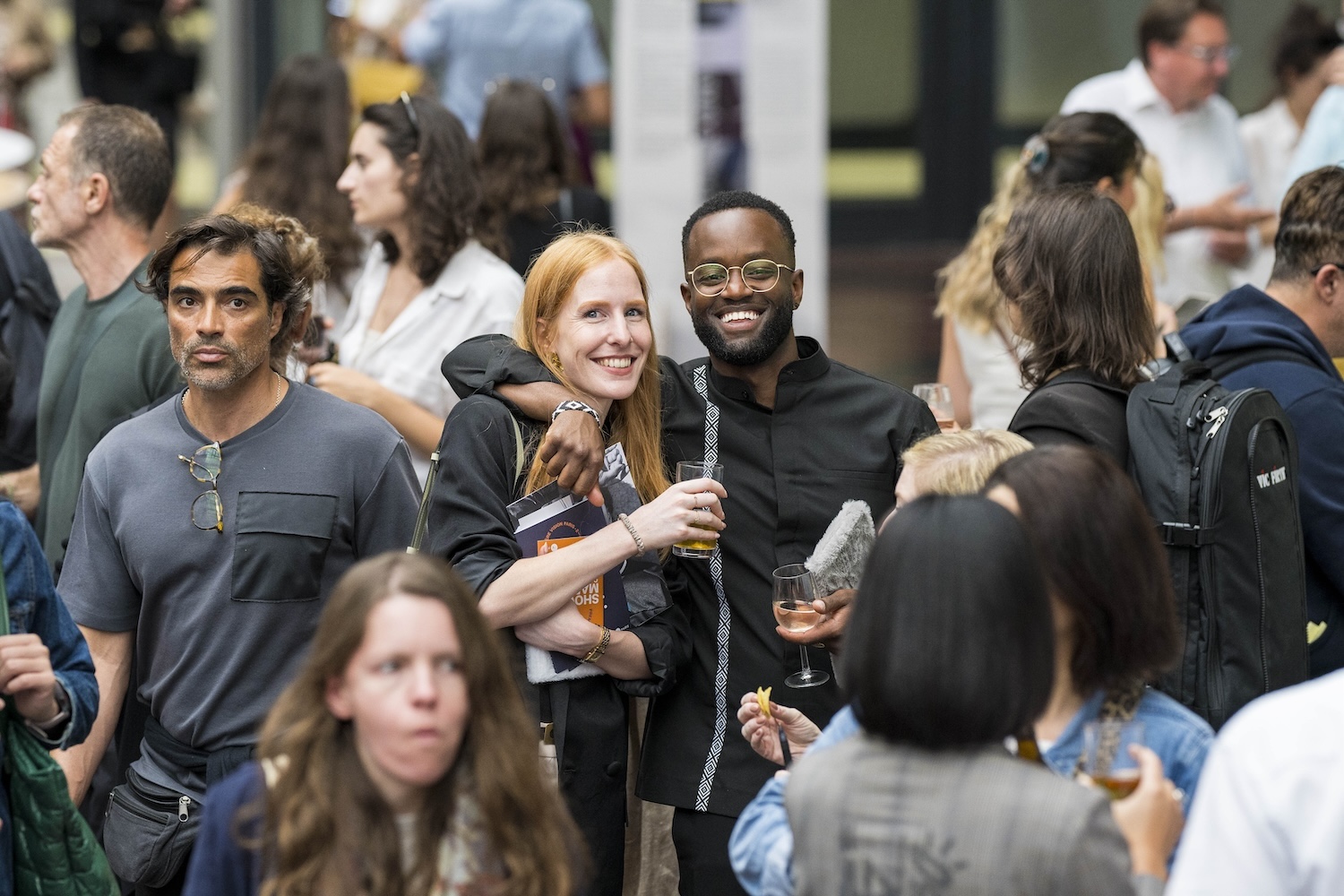
The yarns area saw much interest in eco origins including the stable of circular sustainability products by Lenzing, Seawool from Taiwan, Birline Cellulose, Antex recycling manmades, and Tanboocel Bamboo Fibre from China. Ramie is also gaining impetus, being naturally antibacterial and bacteriostatic, very soft and breathable.
Accessories and leather goods
Accessory companies were a special feature, built around sustainable ideas like cotton buttons, recycled plastic closures; faux fur interpreted in fluffy winter wool with its natural thermoregulation, both fine Merino and blended heavier gauge, also mohair, for the eco responsive challenge. Zips are made greener with all components now reusable, at SBS Zippers HK. Leather goods companies adopted new sustainable goals in terms of manufacture and ultimate disposal.
Fashion points for 2025/26
Bright and stunning fabrics were displayed together in groups as the traditional PV sectors were moved to enable an overview of the season. Some were pale and netlike, in pale yellows, deep orange and black, and pale blue. Bright colours tipped were lemon, red, green and purple, worked in large-scale sweeping artistic shapes, unusual compositions in various weights. These ranged from ethereal, brushed wools, tweeds, piques and fleeces, crossing over from sport and back again.
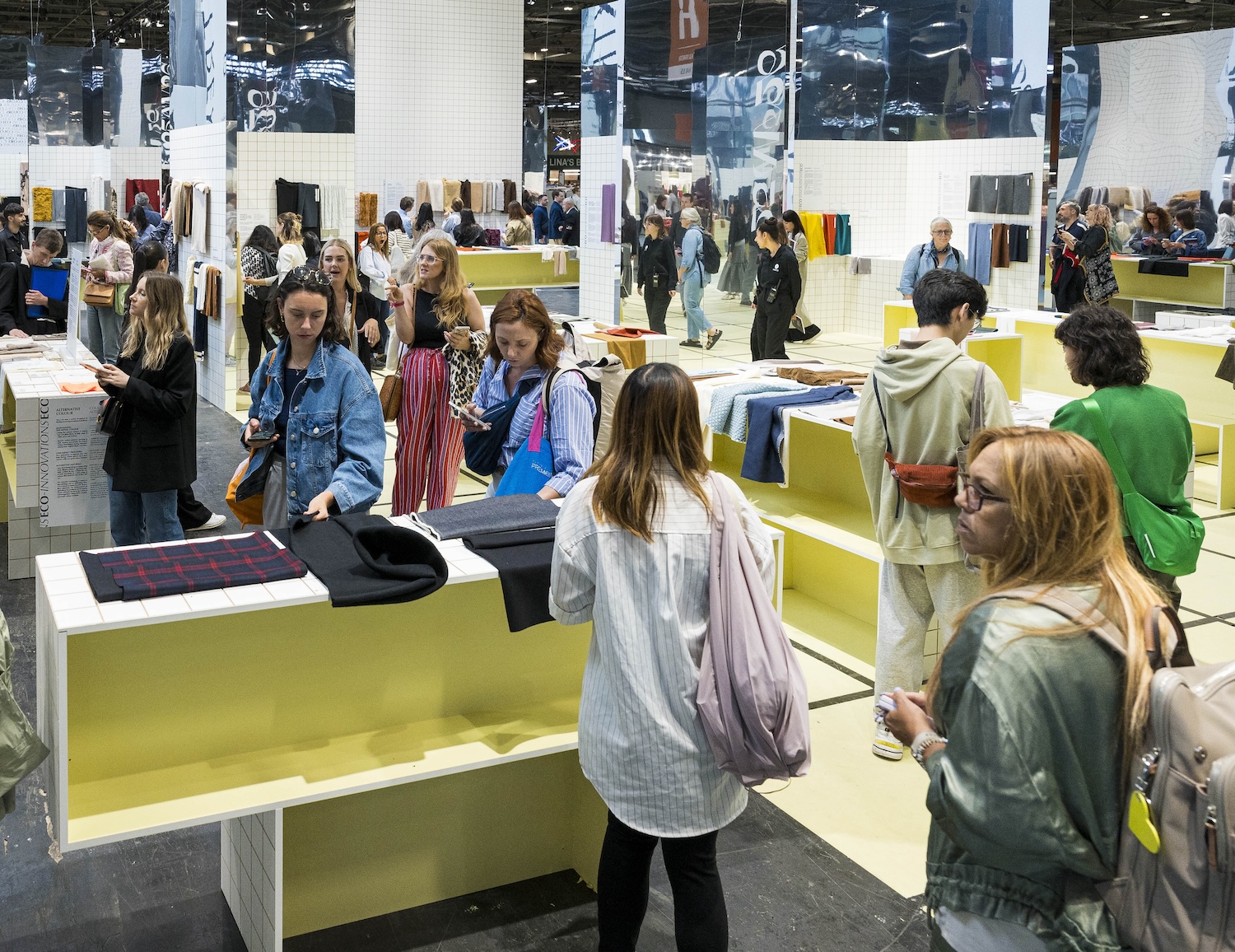
Yellow is important, for the season - here named Yellow Clay, to liven up winter colours with the use of natural dyes. True Orange was flagged as the ‘new red’. Tone on tone. Opal Green made an interesting link between technical outdoor garments, parkas and puffers, moving sportswear towards city wear. Dark purple suggested as the season’s opulent couture colour.
The mood for distressed fabrics has come back in a different guise with patterns not enhanced but erased by distressed effects, stains, sculptural knits and delicate spots of colour.
Menswear saw suiting and jacketings from British and Turkish classic names plus a presence from China and well-known Italian brands. Some of these have introduced knitted fabrics. British companies exhibiting included Luxury Fabrics who were delighted with the show, Alfred Brown, Marton Mills, Mallalieus of Delph, Liberty, British Millerain and Laurent Garigue.

These stands showed the part that colour will play. Malalieus of Delph from Yorkshire, UK, brought together various items of tweed in brighter colours than usual, placed on a dummy to great interest from passersby.
Takeaways from the fair
Young people buy fast fashion almost world-wide, but at the same time are eco conscious as never before and demand information. Sustainable attitudes are very strong among young people throughout Europe and the US.

A special section was reserved for Dead Stock. Waste recuperation and the resurrection of dead stock is one of the main growth areas in textile markets currently. Capture of CO2 from steel mills to transform the gas emissions into new polyester.
Fashion lead: Classic checks and Jacquards decorated to resemble frayed well-worn fabrics, interpretations – the new deconstruction.
Polyester buttons, now recycled from PET drinking bottles as well as old buttons, recoloured, after large investment.
Spiber’s brewed protein fermentation replicating DNA sequences of pigments in nature finding further interest.
Vegetable dyes now meet expectations in solidity colour reproduction and hues.
A recent report issued by Premiere Vision and the French Institut de la Mode flagged the use of trade fairs as ways to forecast the pace of change, with buyers from 40 countries participating. Changes in the organisation and analysis of retail and production are accommodating millennials and Generation Z, adept enough to use analysis of data to devise responses, important for next steps. Good seasonal business was reported by the companies who had chosen this edition of Premiere Vision Paris.
The next edition of PV Paris takes place from 11-13 February 2025 at Paris Nord Villepinte.

Business intelligence for the fibre, textiles and apparel industries: technologies, innovations, markets, investments, trade policy, sourcing, strategy...
Find out more